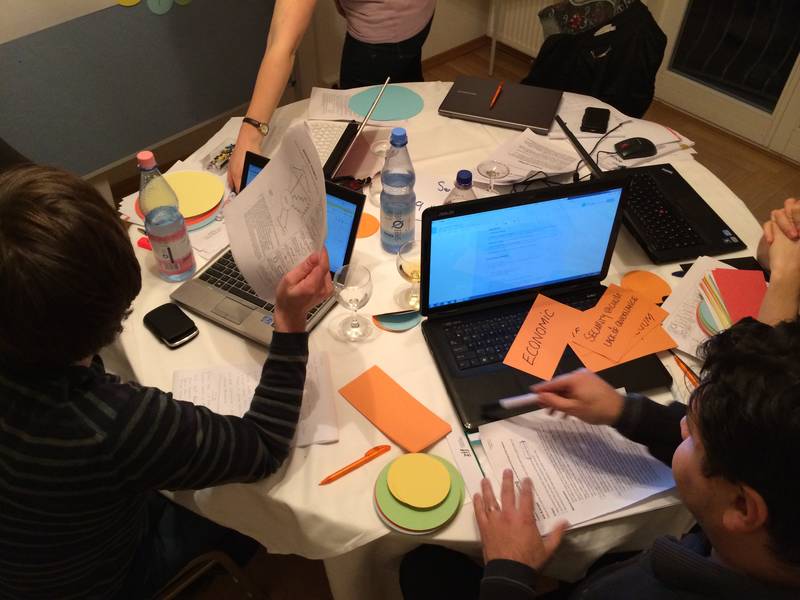The UN General Assembly in December 2014 approved the UN Secretary-General’s Strategy, to better exploit the enormous potential of Information and Communications Technologies (ICT) for decision-making and delivery capacity of the United Nations in the areas of peace and security, humanitarian operations and development, human rights and international law. The strategy is contained in the SG’s report of 10 October 2014 on Information and Communication Technology in the United Nations (A/69/517), that can be found here.
The ASG UN Chief Information and Communication Technology Officer (UN CITO) Ms. Atefeh Riazi and her Office are responsible for the implementation of the Secretary General’s strategy.
The ICT4Peace Foundation, with the financial support of the Governments of Switzerland, Sweden and private Foundations is honoured to have been supporting since 2008 the UN CITO and UN Organisations such as OCHA, DPKO/DFS, UNHCR, OHCHR, WFP, UNICEF, UNDP etc. to improve the UN Crisis Information Management System (CiMS). See the activities of ICT4Peace here.
The Report notes:
“The Secretary-General recognizes the enormous potential of information and communications technology to strengthen the decision-making and delivery capacity of the Secretariat. It is of paramount importance to the Secretary-General to ensure that the technology environment, for which the Chief Information Technology Officer is responsible, fully supports the work of the United Nations in the areas of peace and security, development, human rights and international law, among other mandates. That requires continued focus on successfully delivering existing priority initiatives (such as the enterprise resource planning project, Umoja), as well as a fundamental shift in the approach to, and structure of, information and communications technology systems throughout the Organization. In the past, technology has been regarded as a utility which is separate from substantive business. However, technology and business are not mutually exclusive, they are inextricably linked.”
“The purpose of the strategy is to strengthen, and provide a common vision for, the delivery of information and communications technology in the United Nations through modernization, transformation and innovation and by providing a framework for improved governance, strong leadership and optimal use of information and communications technology resources”
“The (UN) Office of Information and Communications Technology will explore opportunities to develop capacity in analytics and potential means of collaboration with other United Nations entities throughout the global ICT community on the development of analytics solutions to allow for operational flexibility in support of the delivery of their mandates. Analytics could assist in crisis management efforts and the Office would seek to work with the Crisis Information Management Advisory Group (CiMAG) to seek to explore this further.”
The UN CiMAG has been co-organized by the UN OICT and the ICT4Peace Foundation since 2008.
Subsequently, the General Assembly in its resolution dated 26 December (A/C.5/69/L.26*) welcomed the new Information and Communications Technology Strategy in the United Nations, as contained in the report of the Secretary-General, and requested him to provide, in 2015, detailed information on the implementation of all the elements of the proposed new strategy, including an implementation plan, with clear timeline, a list of strategic information and communications technology goals linked to the overall goals of the Organization, a list of ongoing and future strategic information and communications technology initiatives supporting those goals and their costs, benchmarks and deliverables to measure their performance, expected benefits and risks as well as an indicative five-year overall information and communications technology budget projection for the Secretariat.
The General Assembly called on the Secretary-General to continue his efforts to reduce the level of fragmentation of the current information and communications technology environment across the Secretariat and at all duty stations and field missions.
The text of Resolution of the General Assembly can be found here (A/C.5/69/L.26*).

